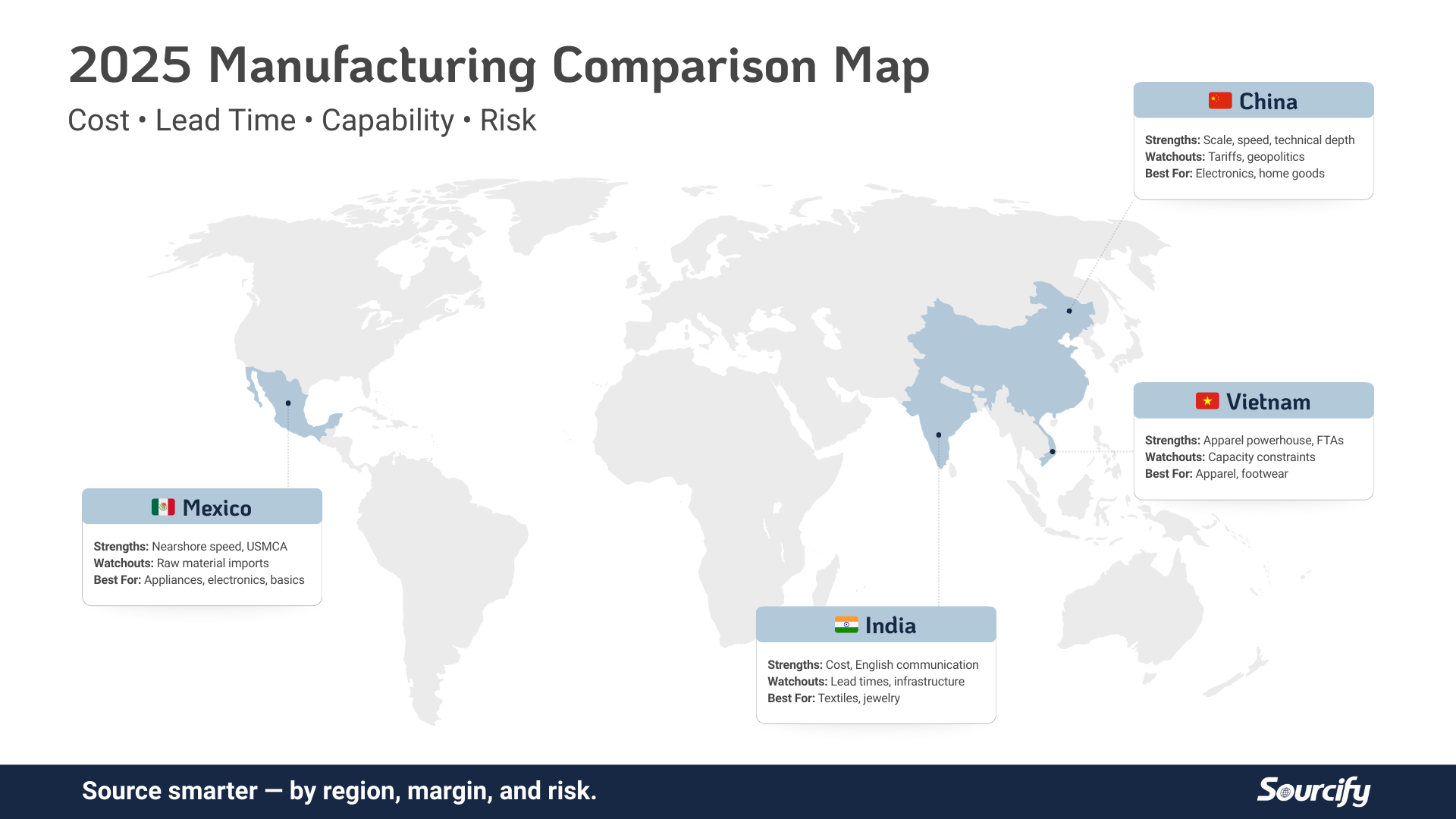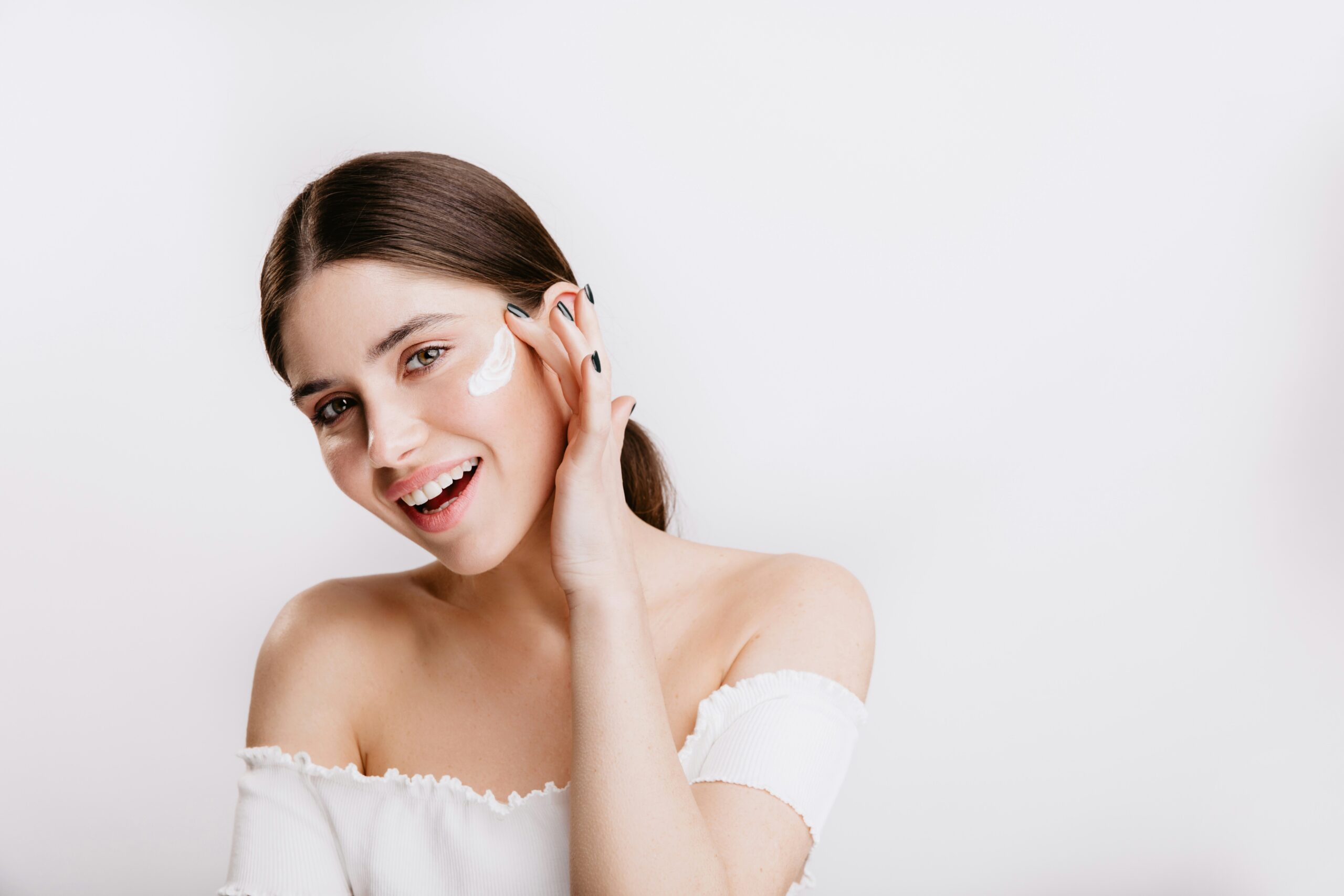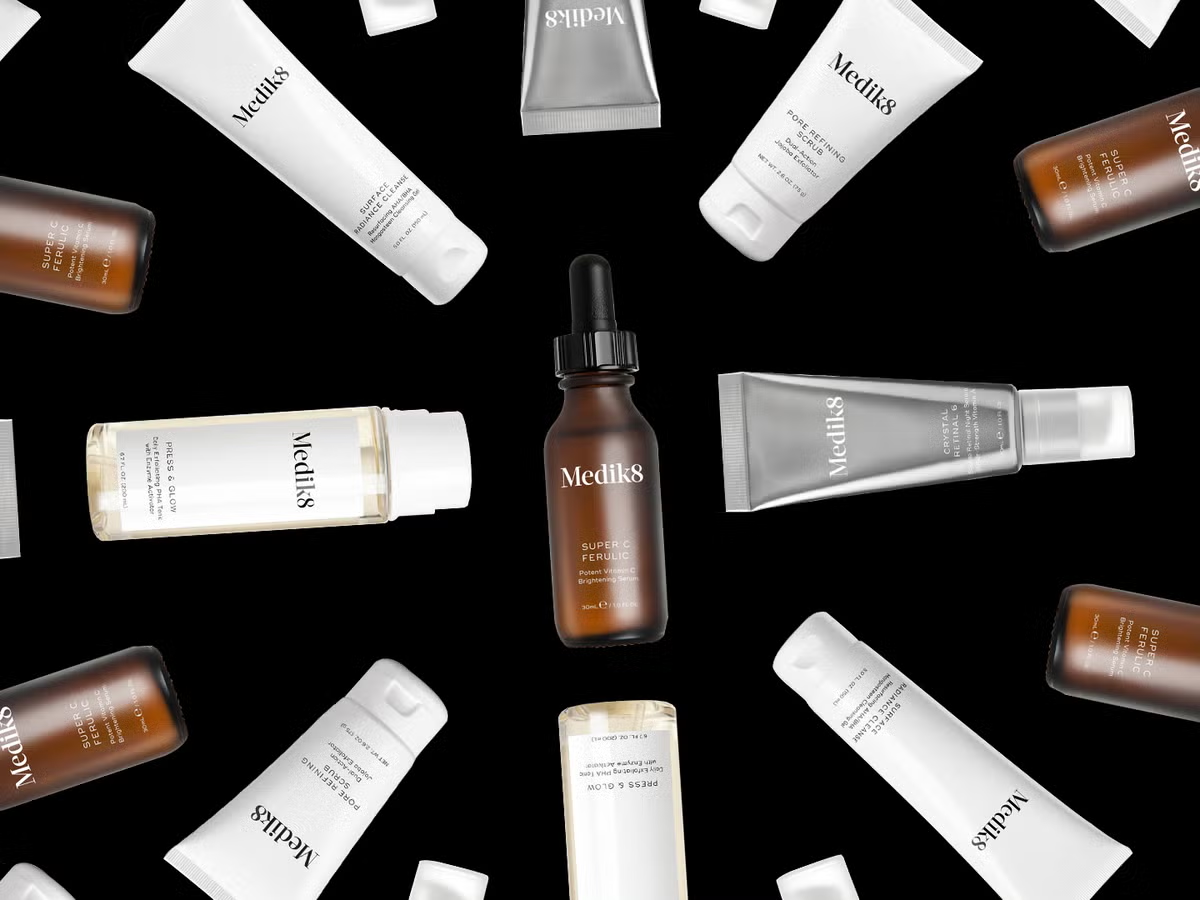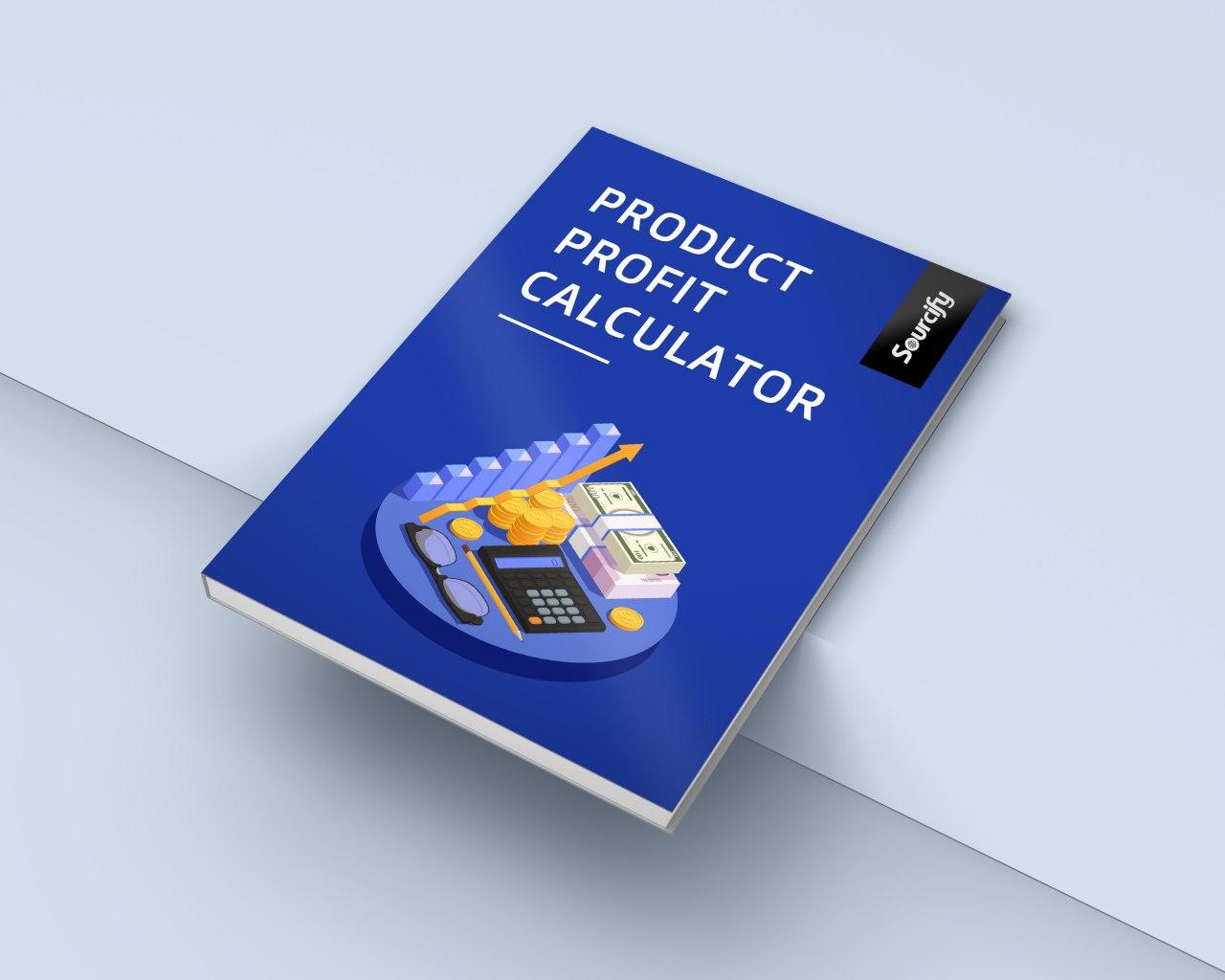From Corporate Boardrooms to Beauty Shelves
In the early 2010s, the U.S. beauty industry was dominated by quick fixes, minimalist routines, and sterile branding. But two Korean-born beauty executives — Christine Chang and Sarah Lee — believed the industry was missing something big: the joy, ritual, and preventive philosophy of K-Beauty.
Frustrated with how Korean skincare trends were being diluted in the West, they left prestigious careers at L’Oréal to create Glow Recipe — a brand that would translate authentic Korean skincare rituals for global audiences. In the process, they turned down a $500M acquisition offer and built one of the fastest-growing skincare brands in the world.
The State of Western Beauty Pre-2010s
Before Glow Recipe, skincare in the U.S. followed a familiar script:
- Reactive, not preventive: Harsh actives like retinoids and benzoyl peroxide targeted problems after they appeared.
- Minimalist routines: Three steps — cleanser, toner, moisturizer — were the norm.
- Sterile or hyper-glam branding: Science lab minimalism or celebrity-driven glam.
- Cultural homogeneity: Korean skincare was niche, exotic, and largely misunderstood.
K-Beauty, by contrast, emphasized hydration, barrier repair, and joyful, multi-step rituals — aiming for luminous, dewy skin rather than matte perfection.
The First Wave of K-Beauty in the U.S.
Early entrants like Dr. Jart+, Tony Moly, and Etude House arrived with quirky packaging and novelty ingredients (snail mucin, egg whites), but without deep education. U.S. consumers saw K-Beauty as “cute” rather than as a serious skincare philosophy.
This was the backdrop Christine and Sarah stepped into — uniquely positioned to bridge the gap.
Meet the Founders of Glow Recipe: Christine Chang & Sarah Lee
Both women were high-performing executives at L’Oréal Korea before relocating to New York to lead global brand initiatives. Their bicultural and bilingual backgrounds, plus hands-on experience in both markets, gave them a rare perspective: they knew how to translate K-Beauty rather than dilute it.
Evenings of sheet masks and wine led to an idea: bring Korean skincare to the West authentically — not as a fad.
Why They Left L’Oréal
At L’Oréal, they saw K-Beauty being cherry-picked for trends without honoring its core philosophy. They realized they could serve as cultural interpreters, building a brand that explained why these rituals worked — and do it without corporate red tape.
In 2014, they pooled $50K to launch Glow Recipe as a curated K-Beauty marketplace, spotlighting indie Korean brands and telling their stories in plain English.
From Curators to Creators
The curation model proved profitable within three months, thanks to strong influencer outreach and community engagement. But by 2017, Christine and Sarah saw a bigger opportunity: creating their own products that embodied K-Beauty’s preventive, joyful ethos.
Their first two products — the Blueberry Bounce Cleanser and Watermelon Glow Sleeping Mask — were instant hits, with the latter becoming a viral bestseller at Sephora.
Scaling Glow Recipe
- 2019: Glow Recipe shut down its marketplace to focus on its own line, rebranding as a “fruit-powered skincare” brand.
- 2020–2023: Revenue jumped from $45M to over $300M.
- Expanded globally via Sephora, Mecca, Amazon, and DTC.
- Built a loyal community (“Glow Gang”) and dominated earned media value in skincare for two years running.
Why They Said No to $500M
In 2022, reports surfaced that Glow Recipe was exploring a sale with Goldman Sachs at a $400–$500M valuation. While interest was high, the founders walked away, prioritizing cultural alignment and brand authenticity over a quick exit.
They’ve hinted that an acquisition could happen — but only with a partner who “gets” them and can scale without breaking the brand’s DNA.
Key Lessons From Glow Recipe’s Success
- Translate, don’t transplant: Adapting a cultural product for a new market requires education, not gimmicks.
- Hero products matter: A single viral SKU can fuel global brand awareness.
- Community over ads: Glow Recipe grew through organic influencer partnerships and customer loyalty programs.
- Brand voice is an asset: Their playful, educational tone is as distinctive as their packaging.
Final Thoughts
Glow Recipe’s rise is more than a skincare success story — it’s a masterclass in cultural translation, brand building, and knowing when to say “no” to protect your vision. Whether they remain independent or eventually partner with a global powerhouse, their journey proves that authenticity and storytelling can scale — and sometimes, even outrun half-billion-dollar offers.




